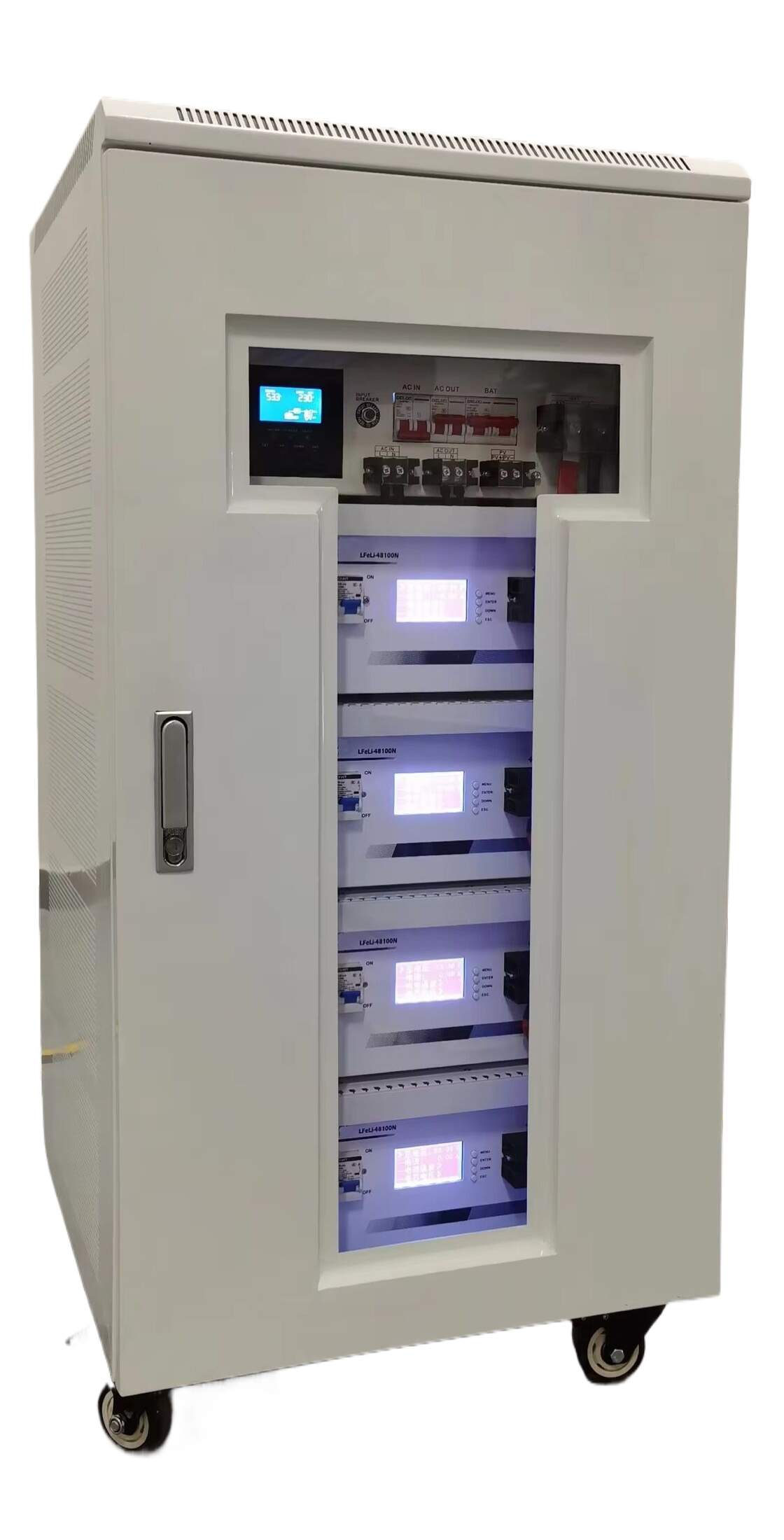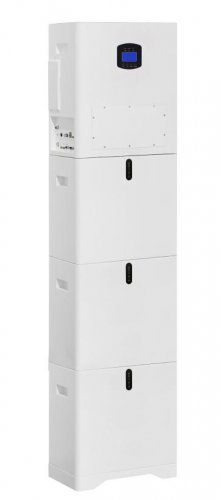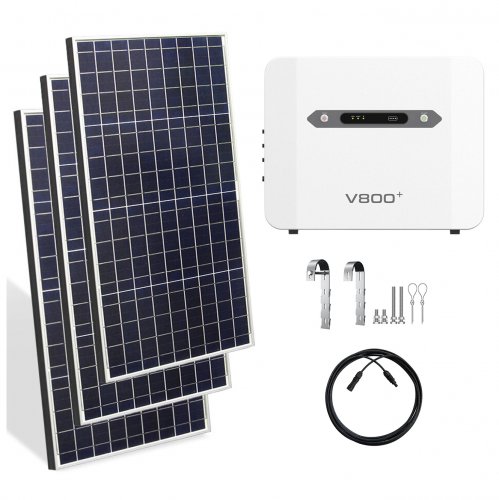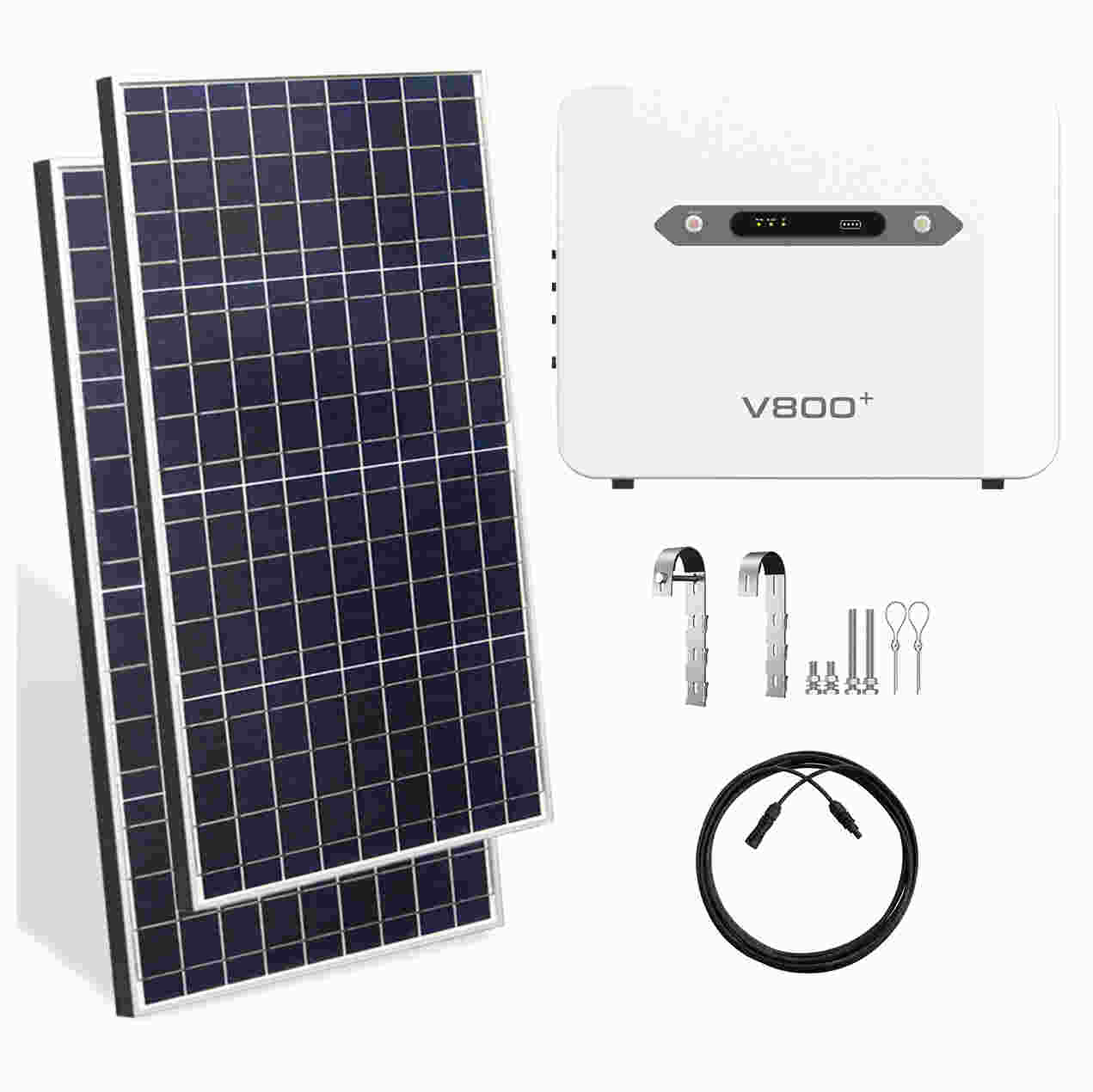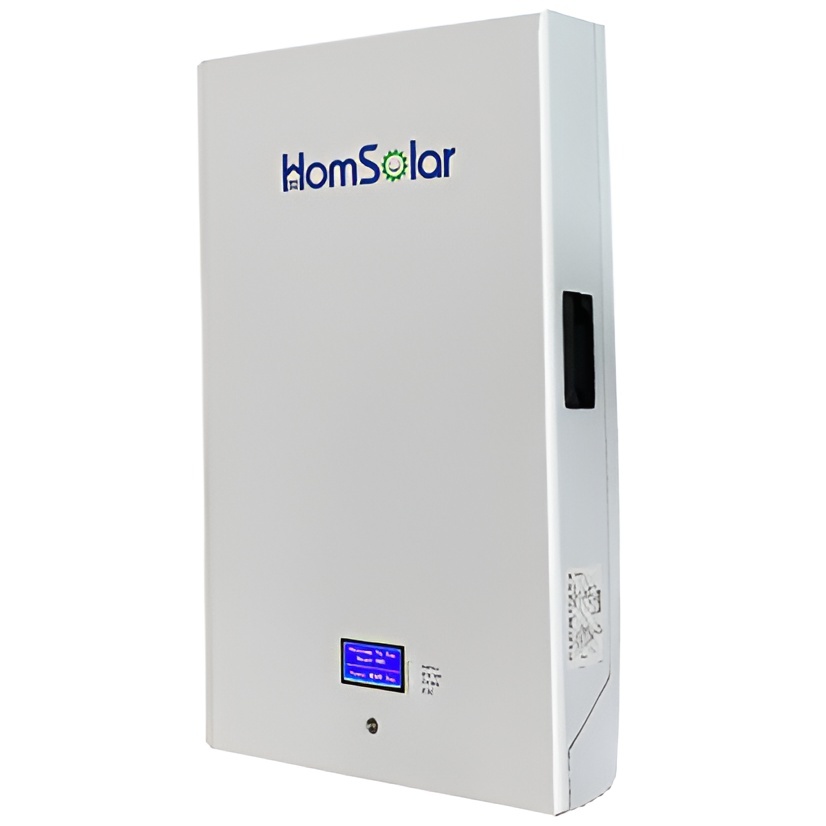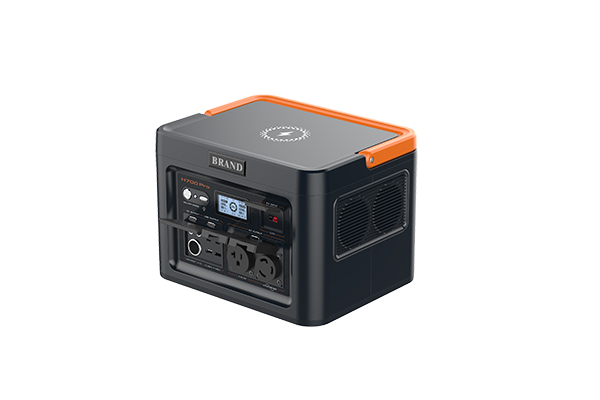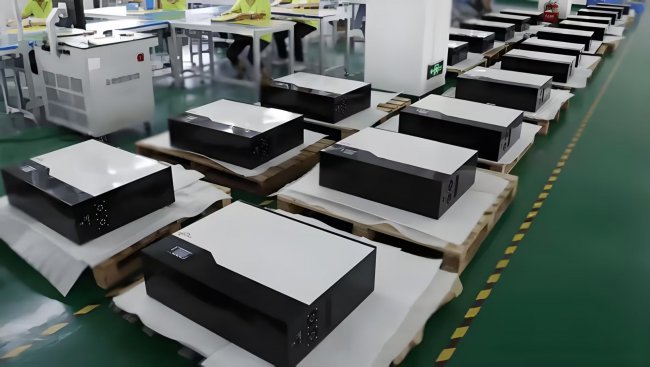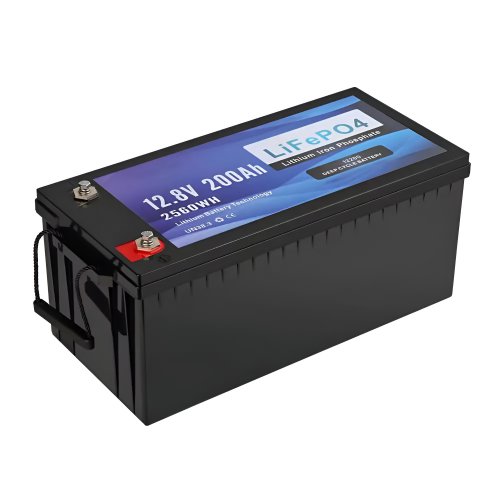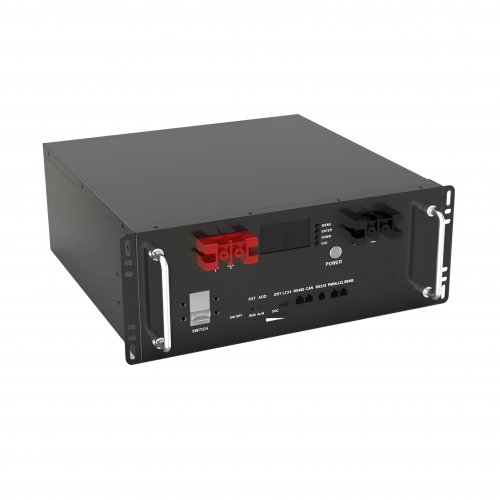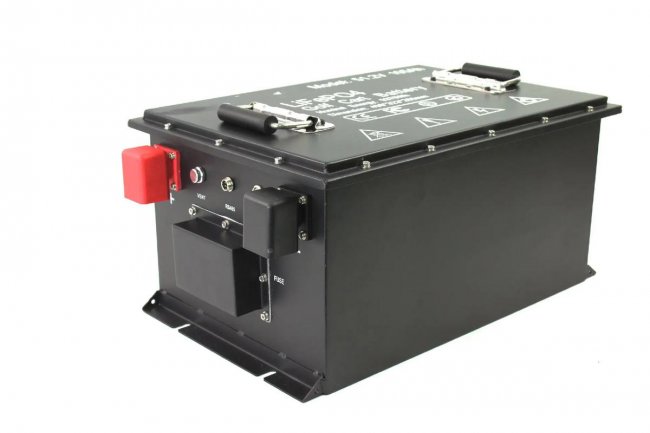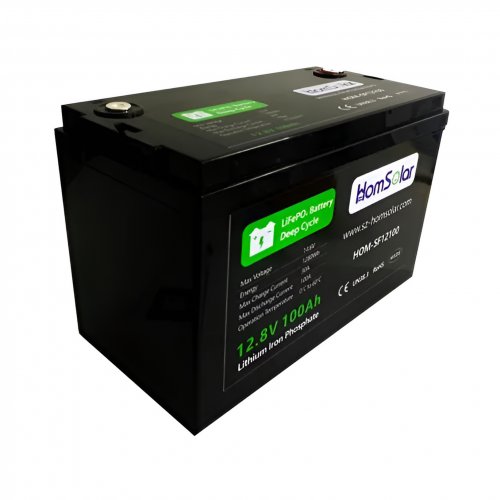How To Use Cycle Life: A Practical Guide To Extending Your Batterys Lifespan
The term "cycle life" is one of the most critical, yet often misunderstood, specifications for any rechargeable battery-powered device, from smartphones and laptops to electric vehicles and home energy storage systems. Simply put, a battery's cycle life is the number of complete charge and discharge cycles it can undergo before its capacity diminishes to a significant degree, typically 80% of its original capacity. Understanding and actively managing cycle life is not about preventing its eventual decline—that is inevitable—but about maximizing the health, longevity, and value of your investment over many years. This guide provides a practical, step-by-step approach to integrating "cycle life" principles into your daily habits.
Understanding the Core Concept
A charge cycle is counted when you use (discharge) an amount equal to 100% of your battery's capacity, but not necessarily all at once. For example, using 50% of your laptop's charge one day, recharging it fully, and then using 50% again the next day, constitutes one full cycle. Each cycle incrementally degrades the battery's chemistry. The goal of cycle life management is to slow this degradation process.
Step-by-Step Usage Guide
Step 1: Know Your Device's Ideal "Comfort Zone" The single most important factor for battery longevity is managing its state of charge (SoC). Lithium-ion batteries, which power most modern electronics, experience the least stress when kept in a middle range of capacity.Action: Avoid consistently charging to 100% and discharging to 0%. Instead, aim to keep your battery between 20% and 80% for daily use.How to Implement:Smartphones/Laptops: Use software settings or built-in features (e.g., "Optimized Battery Charging" on iOS/macOS or "Battery Health Management" on Windows) that learn your routine and delay charging past 80% until needed.Electric Vehicles: Most EVs allow you to set a maximum charge level. For daily commuting, set this to 80-90%. Reserve a 100% charge for long trips.General Rule: Think of 100% as a "special occasion" setting, not a daily target.
Step 2: Manage Heat and Cold Exposure Temperature is a battery's silent enemy. High temperatures accelerate chemical reactions inside the battery, leading to faster degradation. Cold temperatures, meanwhile, can cause internal resistance to spike and reduce performance.Action: Keep your devices at room temperature whenever possible.How to Implement:During Charging: This is when batteries generate the most heat. Avoid charging your phone under a pillow, your laptop on a soft bed, or your EV in direct, scorching sunlight. Use a hard, flat surface for charging electronics.During Use/Storage: Don't leave devices in a hot car. For long-term storage (e.g., a spare power tool battery), charge it to around 50% and store it in a cool, dry place.
Step 3: Adopt Smart Charging Habits How you charge is just as important as how much you charge. Modern charging technology is sophisticated, but user habits can still have a significant impact.Action: Prefer shorter, top-up charges over deep, full-cycle charges.How to Implement:Top-Up Charging: Plug in your device for short periods throughout the day when convenient. Going from 40% to 70% multiple times is far less stressful on the battery than a single 10% to 100% cycle.Avoid "Trickle Charging" Indefinitely: While modern devices are designed to stop charging when full, it's still best not to leave them plugged in at 100% for days on end. If you primarily use a laptop while plugged in, many manufacturers now offer a "Battery Saver Mode" that limits the maximum charge to 60%, which is ideal for stationary use.
Step 4: Use the Right Charger Using a cheap, uncertified, or incompatible charger can damage your battery through unstable voltage or excessive heat.Action: Always use the manufacturer's original charger or a high-quality, certified third-party alternative.How to Implement: Look for certifications from standards bodies (like UL, CE) on the charger. Fast charging is convenient, but it generates more heat. If you are not in a hurry, using a standard, slower charger is gentler on the battery's cycle life.
Practical Tips and Pro-Tier AdviceFor Electric Vehicles: Plan long-distance trips to use DC fast chargers sparingly. While incredibly useful, the high power delivery of fast charging puts more strain on the battery compared to a Level 2 home charger. Using AC (Level 2) charging as your primary method is the best practice for long-term health.For Smartphones: Enable any battery protection features in your settings. If you replace your battery, ensure it is a high-quality replacement from a reputable source. A poor-quality battery will have a drastically reduced cycle life regardless of your habits.Calibration Isn't Always Needed: Older battery technologies required periodic full discharge/recharge cycles to calibrate the power meter. For modern lithium-ion, this is generally unnecessary and can be harmful if done frequently. The battery management system (BMS) in your device is typically smart enough to self-calibrate during normal top-up usage.
Critical Precautions and What to Avoid
1. Avoid Deep Discharges: Letting your battery regularly drop to 0% is highly stressful. The battery's internal protection circuitry can even permanently disconnect the battery if it remains at 0% for too long, rendering it useless. 2. Never Leave a Battery Fully Discharged: If you are storing a device for months, a partial charge (40-60%) is crucial. A battery stored at 0% will experience rapid, irreversible capacity loss. 3. Don't Panic Over a Single Event: The guidelines above are for long-term habits. Occasionally charging to 100% for a trip or letting your phone run down to 5% will not ruin your battery. The cumulative effect of daily habits is what matters most. 4. Ignore Battery Anxiety: The purpose of understanding cycle life is to reduce worry, not create it. You do not need to micromanage every percentage point. Adopting the 20-80% rule as a general guideline and avoiding extreme heat are the two most impactful actions you can take.
In conclusion, "cycle life" is not just a number on a spec sheet; it is a framework for a long-term relationship with your devices. By shifting your focus from maximizing a single charge to preserving long-term health, you can significantly extend the useful life of your batteries, save money on replacements, and reduce electronic waste. It’s a practice of mindful usage that pays dividends in performance and sustainability.
Customized/OEM/ODM Service
HomSolar Supports Lifepo4 battery pack customization/OEM/ODM service, welcome to contact us and tell us your needs.


HomSolar: Your One-stop LiFePO4 Battery Pack & ESS Solution Manufacturer
Our line of LiFePO4 (LFP) batteries offer a solution to demanding applications that require a lighter weight, longer life, and higher capacity battery. Features include advanced battery management systems (BMS), Bluetooth® communication and active intelligent monitoring.

Customised Lithium Iron Phosphate Battery Casing
ABS plastic housing, aluminium housing, stainless steel housing and iron housing are available, and can also be designed and customised according to your needs.

HomSolar Smart BMS
Intelligent Battery Management System for HomSolar Energy Storage System. Bluetooth, temperature sensor, LCD display, CAN interface, UART interface also available.


Terminals & Plugs Can Be Customized
A wide range of terminals and plugs can be customised to suit the application needs of your battery products.

Well-designed Solutions for Energy Storage Systems
We will design the perfect energy storage system solution according to your needs, so that you can easily solve the specific industry applications of battery products.



About Our Battery Cells
Our energy storage system products use brand new grade A LiFePO4 cells with a battery lifespan of more than 4,000 charge/discharge cycles.



Applications in Different Industries
We supply customized & OEM battery pack, assemble cells with wiring, fuse and plastic cover, all the cell wires connected to PCB plug or built BMS.
Applications: E-bike, Electric Scooter, Golf Carts, RV, Electric Wheelchair, Electric Tools, Robot Cleaner, Robot Sweeper, Solar Energy Storage System, Emergency Light, Solar Power Light, Medical Equipment, UPS Backup Power Supply.
We can provide you with customized services. We have the ability to provide a vertical supply chain, from single cells to pack/module and to a complete power solution with BMS, etc.


HomSolar (Shenzhen) Technology Co., Ltd







